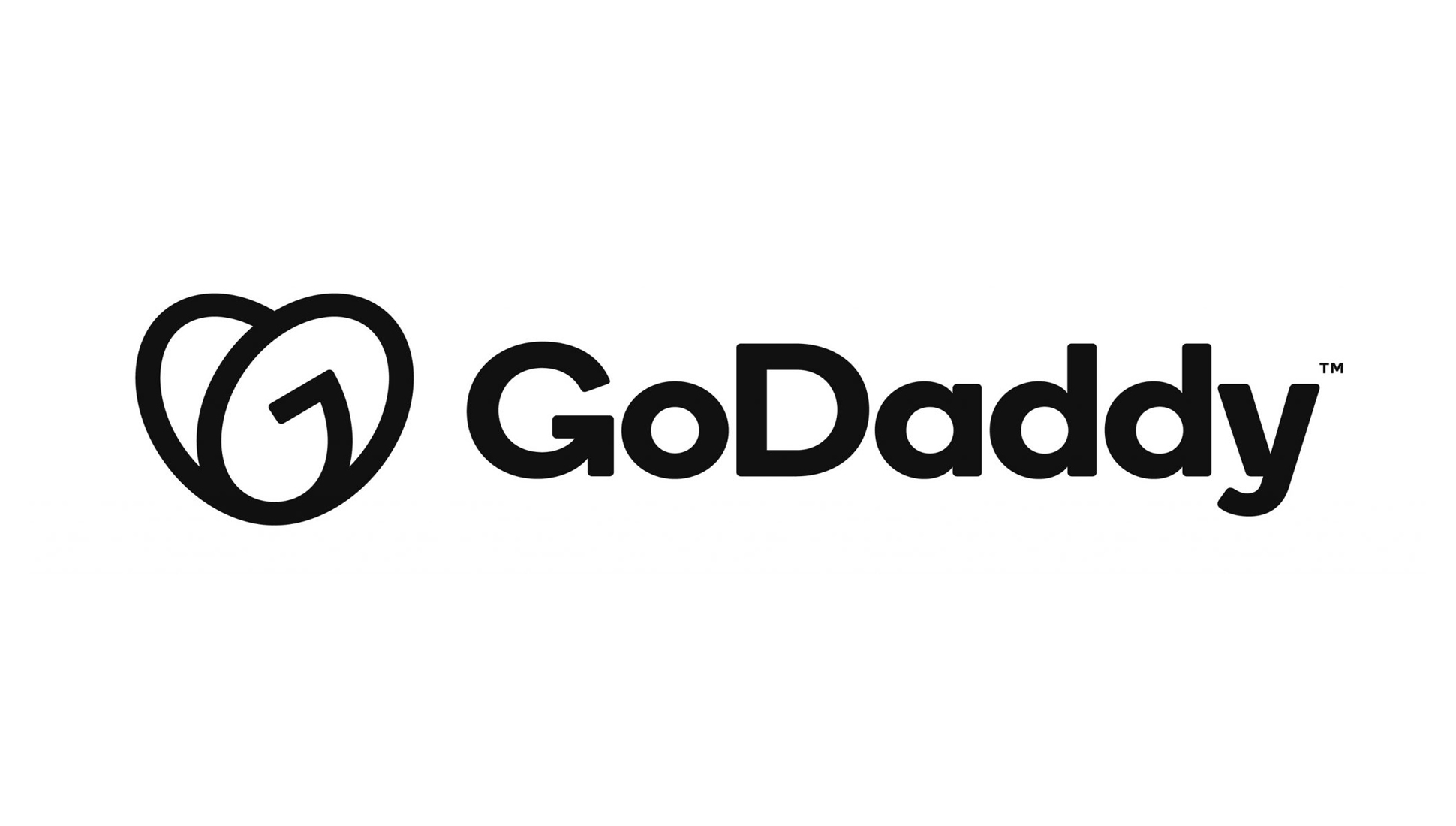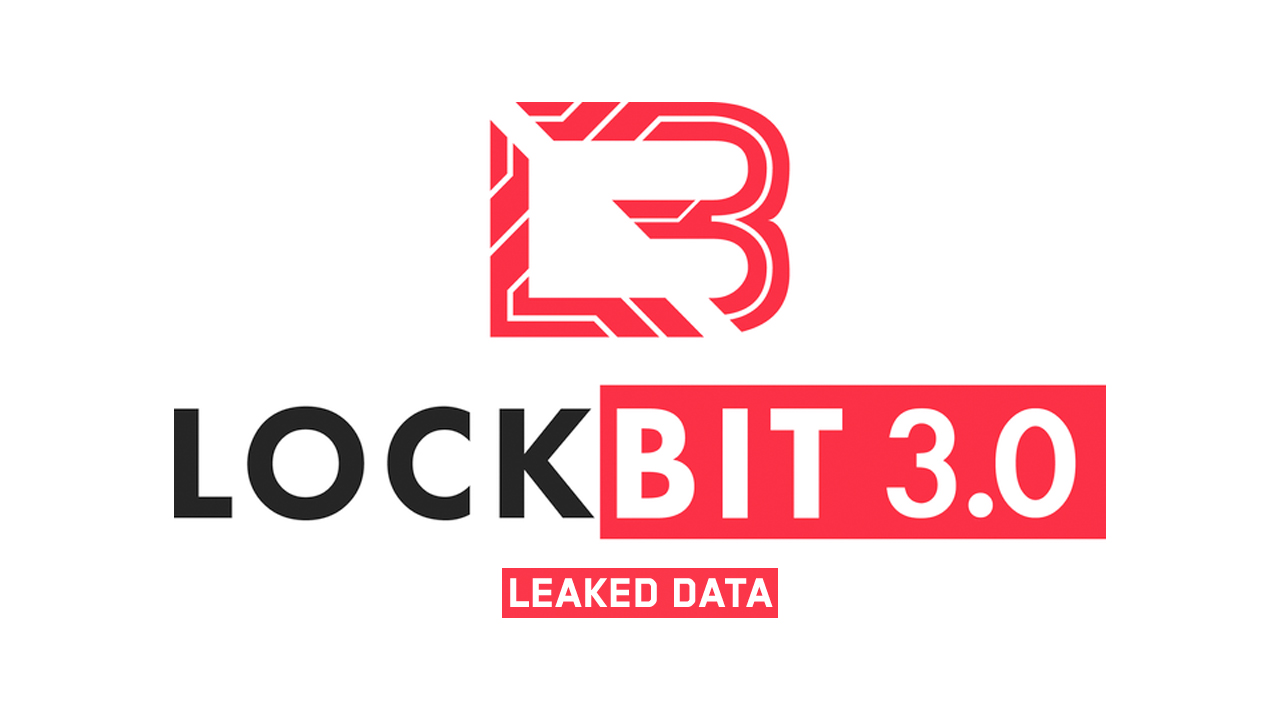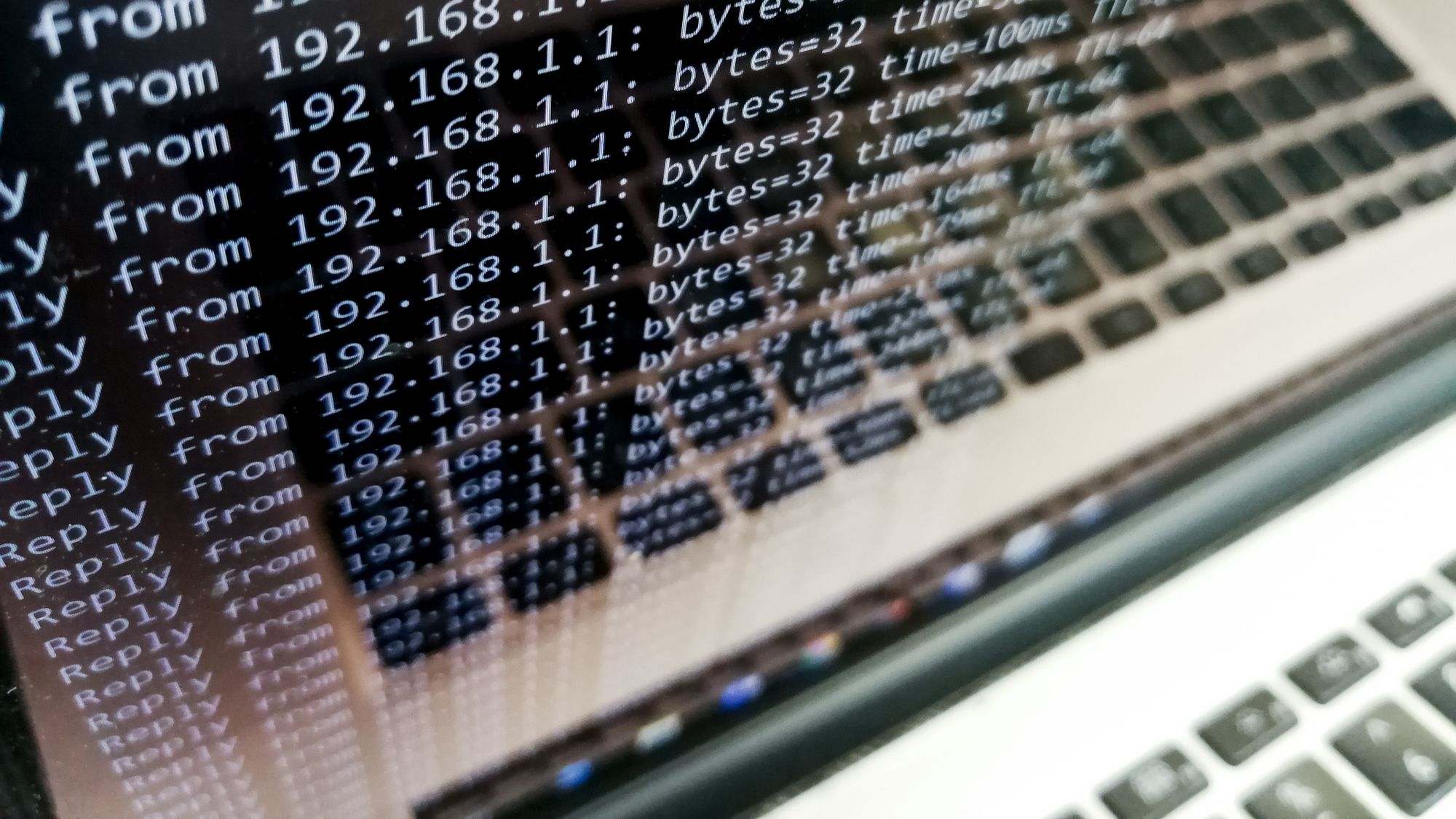Q&A: Mikko Hyppönen, chief research officer, F-Secure
We ask one of the leading experts on cyber crime for an assessment of the recent spate of cyber attacks and the growing threats to companies trading online.

Most companies operating online haven't prepared themselves for an attack like this. Companies that have taken precautions are the ones that have been attacked previously. This is no wonder; getting protection against denial of service attacks is expensive and complicated.
But companies like Amazon have such massive infrastructure. It is much more than just an online store. They have become so large with their internal computing infrastructure that they have started renting it out and is now one of the largest cloud infrastructures, so they have very large server infrastructure and very large bandwidth.
They can defend themselves, but for a lot of companies who are involved in e-commerce or depend on the internet for tools such as collaboration and communications, what should they be doing in light of these attacks?
A good idea is to set up a plan covering what to do, if you are attacked. Of course if you can afford it, it is always a good idea to host your website with a company that specialises in protecting against denial of service attacks, or if you are hosting your own site you can invest in specialist gear [to protect your site].
However, in most cases, it is enough to have a plan for what to do if you are attacked. You might migrate to a different server, change your domain names, change hosting IP addresses or change to a hosting provider that might be able to handle the attacks. Another easy to do trick is to have a spare domain name in case you are attacked, and then you can give out the "spare" domain name to people who need to access your site. Planning is the key, if you have some guidelines to follow if an attack happens, you will be much better off.
Once this type of attack has been demonstrated to be so effective as many people in the information security field think it has been doesn't that open up the floodgates for all manner of people who want to disrupt commerce to follow suit?
It is a real risk, and denial of service attacks are nothing new. We saw the first very large scale one in 2000. Since then we've seen large-scale attacks over and over again, and the motives range from "hacktivism" which is what we are seeing right now to criminal attacks on online stores where the hackers ask for a ransom.
Sign up today and you will receive a free copy of our Future Focus 2025 report - the leading guidance on AI, cybersecurity and other IT challenges as per 700+ senior executives
-
 HPE and Nvidia launch first EU AI factory lab in France
HPE and Nvidia launch first EU AI factory lab in FranceThe facility will let customers test and validate their sovereign AI factories
-
 AWS CEO Matt Garman says AI agents will have 'as much impact on your business as the internet or cloud'
AWS CEO Matt Garman says AI agents will have 'as much impact on your business as the internet or cloud'News Garman told attendees at AWS re:Invent that AI agents represent a paradigm shift in the trajectory of AI and will finally unlock returns on investment for enterprises.
-
 UK crime fighters wrangle “several thousand” potential cyber criminals in DDoS-for-hire honeypot
UK crime fighters wrangle “several thousand” potential cyber criminals in DDoS-for-hire honeypotNews The sting follows a recent crackdown on DDoS-for-hire services globally
-
 US begins seizure of 48 DDoS-for-hire services following global investigation
US begins seizure of 48 DDoS-for-hire services following global investigationNews Six people have been arrested who allegedly oversaw computer attacks launched using booters
-
 Will triple extortion ransomware truly take off?
Will triple extortion ransomware truly take off?In-depth Operators are now launching attacks with three extortion layers, but there are limitations to this model
-
 GoDaddy web hosting review
GoDaddy web hosting reviewReviews GoDaddy web hosting is backed by competitive prices and a beginner-friendly dashboard, and while popular, beware of hidden prices
-
 Japan investigates potential Russian Killnet cyber attacks
Japan investigates potential Russian Killnet cyber attacksNews The hacker group has said it’s revolting against the country’s militarism and that it’s “kicking the samurai”
-
 LockBit hacking group to be 'more aggressive' after falling victim to large-scale DDoS attack
LockBit hacking group to be 'more aggressive' after falling victim to large-scale DDoS attackNews The ransomware group is currently embroiled in a battle after it leaked data belonging to cyber security company Entrust
-
 Record for the largest ever HTTPS DDoS attack smashed once again
Record for the largest ever HTTPS DDoS attack smashed once againNews The DDoS attack lasted 69 minutes and surpassed the previous record of 26 million RPS
-
 Cloudflare mitigates biggest ever HTTPS DDoS attack
Cloudflare mitigates biggest ever HTTPS DDoS attackNews A botnet generated over 212 million HTTPS requests from over 1,500 networks in 121 countries